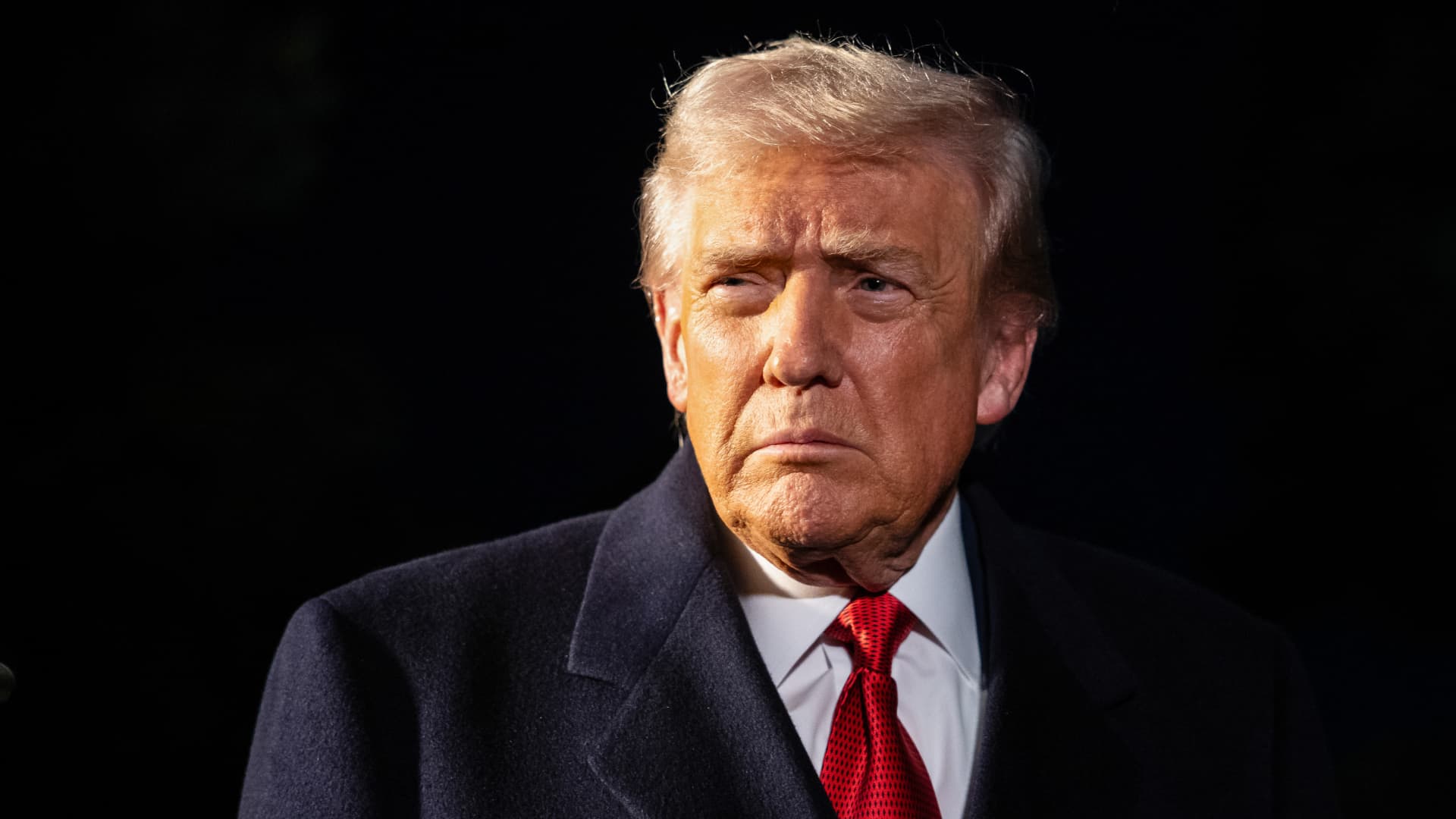
President Trump aims to clinch a deal with China during his 2025 Asia trip, a critical focus for global trade relations. This high-stakes meeting is central to his five-day journey.
Investors are closely monitoring Trump’s negotiation tactics amidst ongoing trade tensions and critical mineral disputes between the world’s two largest economies.
As of market close October 25, 2025, futures indicate cautious trading with potential modest improvements or continued disagreements.
This analysis explores the potential market impacts.
Expert Market Analysis
The upcoming 2025 Asia tour of President Donald Trump is set to be a defining moment for global economic stability, with a primary objective being the negotiation of a trade resolution with China. This significant diplomatic excursion, encompassing a five-day journey through Malaysia, Japan, and South Korea, is slated to culminate in a crucial meeting with President Xi Jinping, reportedly scheduled to take place in South Korea. The backdrop to these high-level discussions is characterized by considerable volatility in Asian markets, largely stemming from assertive trade policies and tariffs implemented during Trump’s previous term. Market participants are keenly observing whether Trump’s renowned deal-making acumen can translate into tangible agreements on contentious issues, including trade tariffs and the supply chains for critical minerals. The prevailing geopolitical climate, marked by persistent trade friction with Beijing, adds a layer of complexity to these upcoming negotiations, rendering their outcomes subjects of intense speculation and analysis.
The core economic agenda is overwhelmingly centered on the intricate U.S.-China trade relationship, an arena where both nations have escalated tariff impositions and voiced concerns regarding potential disruptions in critical mineral and technology trade flows. While the White House has officially disclosed the itinerary, specific details concerning the Trump-Xi meeting remain fluid and contingent upon evolving geopolitical circumstances. Market analysts, by and large, anticipate that neither party is seeking a complete overhaul of pre-existing trade terms. Instead, the prevailing sentiment leans towards managing current disagreements and identifying avenues for incremental improvements. Potential interim agreements could encompass limited tariff relief or commitments from China to increase its procurement of U.S. agricultural products and aircraft. Conversely, Washington might consider permitting increased high-end chip exports to Beijing, while China could potentially relax existing controls on rare earth magnets. The economic trajectory for key sectors such as technology and agriculture is intrinsically linked to the success of these complex negotiations, with analysts closely watching EBITDA margins and revenue growth projections.
Beyond the direct bilateral engagement between the United States and China, Trump’s itinerary includes his participation in the Association of Southeast Asian Nations (ASEAN) summit in Kuala Lumpur. This provides a valuable platform to engage with regional leaders and discuss evolving trade policies that have a significant impact on the broader Asian economic bloc. In Japan, discussions are anticipated to focus on solidifying plans for increased defense spending and substantial investments in U.S. companies, aligning with broader strategic objectives. When juxtaposing these various engagements, the U.S. approach to China remains the most closely scrutinized due to the sheer scale of economic interdependence and the existing friction between these two global economic giants. The recent imposition of tariffs and counter-tariffs has engendered substantial uncertainty for global supply chains and manufacturing output, impacting companies across a diverse array of sectors. For instance, the semiconductor industry and the aviation sector are particularly exposed to the direct outcomes of these high-level trade dialogues, with potential impacts on their future growth and operational capacities, affecting key metrics like free cash flow.
The overarching expert takeaway from this significant Asia trip is multifaceted, presenting both inherent risks and potential opportunities for global investors. The U.S. Treasury Secretary’s characterization of the Trump-Xi talk as a ‘pull-aside’ meeting suggests a pragmatic, albeit potentially brief, approach. However, Trump’s own pronouncements indicate expectations of a ‘pretty long meeting,’ hinting at a more substantial discussion. The looming threat of increased tariffs underscores the urgency and high stakes involved in these deliberations. Investors are advised to closely monitor discussions related to Taiwan and Russia, as well as specific U.S. demands that may emerge. The potential for Trump to address humanitarian issues adds another political dimension to the economic discussions. The overall market sentiment leans towards cautious optimism for a managed de-escalation, but the persistent possibility of no significant breakthrough remains a pertinent risk, which could lead to increased market volatility in the near term, impacting stock price movements and analyst targets.
Related Topics:
Trump Asia Trip 2025, US China Trade Deal, Xi Jinping Meeting, Asia Trade Policy, Critical Minerals, Geopolitical Risk, Global Market Outlook, Trade Tariffs, US-China Relations, Market Impact Analysis

